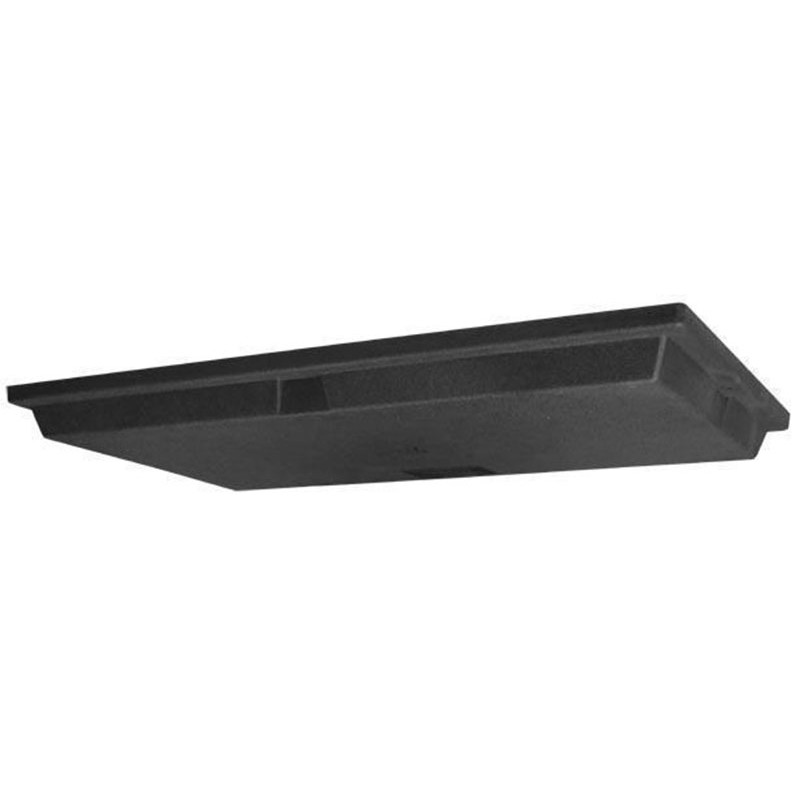
Electric Radiant FloorsĮlectric radiant floors typically consist of electric heating cables built into the floor. Although some early solar air heating systems used rocks as a heat-storage medium, this approach is not recommended (see solar air heating systems). The inefficiency of trying to heat a home with a conventional furnace by pumping air through the floors at night outweighs the benefits of using solar heat during the day. Although they can be combined with solar air heating systems, those systems suffer from the obvious drawback of only producing heat in the daytime, when heating loads are generally lower. Those that make use of the large thermal mass of a concrete slab floor or lightweight concrete over a wooden subfloor are called "wet installations,” and those in which the installer "sandwiches" the radiant floor tubing between two layers of plywood or attaches the tubing under the finished floor or subfloor are called "dry installations." Types of Radiant Floor Heat Air-Heated Radiant FloorsĪir cannot hold large amounts of heat, so radiant air floors are not cost-effective in residential applications, and are seldom installed. You can further categorize these types by installation. There are three types of radiant floor heat - radiant air floors (air is the heat-carrying medium), electric radiant floors, and hot water (hydronic) For this reason, the following sections discuss radiant floor heat and radiant panels separately. Radiant floor heating systems are significantly different from the radiant panels used in walls and ceilings. For more on the different types of energy sources and heat distribution systems for home heating, explore our Energy Saver 101 infographic on home heating.ĭespite its name, radiant floor heating depends heavily on convection, the natural circulation of heat within a room as air warmed by the floor rises. Hydronic systems can use a wide variety of energy sources to heat the liquid, including standard gas- or oil-fired boilers, wood-fired boilers, solar water heaters, or a combination of these sources. Hydronic (liquid-based) systems use little electricity, a benefit for homes off the power grid or in areas with high electricity prices. People with allergies often prefer radiant heat because it doesn’t distribute allergens like forced air systems can. It is more efficient than baseboard heating and usually more efficient than forced-air heating because it eliminates duct losses. Radiant heating has a number of advantages.

When radiant heating is located in the floor, it is often called radiant floor heating or simply floor heating.
:max_bytes(150000):strip_icc():saturation(0.2):brightness(10):contrast(5)/infrared-thermal-imaging-camera-pointing-to-attic-access-161141059-5839bacb3df78c6f6a3177b0.jpg)
Radiant heating is the effect you feel from the warmth of a hot stovetop element from across the room.

The systems depend largely on radiant heat transfer - the delivery of heat directly from the hot surface to the people and objects in the room via infrared radiation. Radiant heating systems supply heat directly to the floor or to panels in the wall or ceiling of a house.


 0 kommentar(er)
0 kommentar(er)
